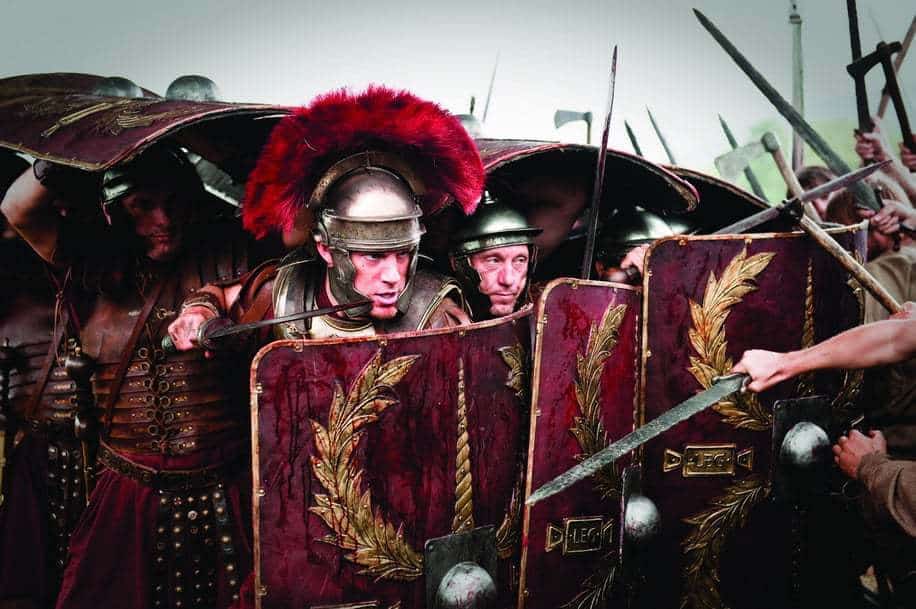Legio IX Hispania, or the Spanish Ninth Legion, stamped its name in history when it apparently disappeared off the face of the earth in the 2nd century AD. Various theories surround the fate of the Ninth, which vanished from Roman records after AD 120. The exact year of the disappearance is unknown although some historians suggest annihilation in Britain in AD 108.
Early History
Even the origin of the Legion is uncertain. There was a Ninth Legion in action during the Social War’s siege of Asculum in 90 BC. Pompey had a Ninth Legion with him in Hispania in 65 BC, and Julius Caesar inherited it as governor of Cisalpine Gaul in 58 BC. It became one of Rome’s most feared fighting units and participated in every major Roman conflict including the Gallic Wars, the Civil War, and the fight between Octavian and Mark Antony.

Once Octavian seized power, he sent the Ninth to Hispania to deal with the Cantabrians. The group fought during the Roman invasion of Britain (beginning in AD 43) and won several important battles before suffering a heavy defeat at the Battle of Camulodunum in AD 61. Queen Boudicca’s army destroyed over half the 5,000 man legion in what was known as the Massacre of the Ninth.
Reinforcements arrived and moved north, where they built the fortress Eboracum in modern day York. An invasion of Caledonia (Scotland) in AD 82-83 nearly ended in disaster as the Scots ambushed them but the Legion fought off their assailants. The last definitive mention of the Ninth Legion was from AD 108 when it helped rebuild the fortress at Eboracum.
Was The Ninth Obliterated Outside Britain?
Some modern historians dispute the notion that the Ninth died in Britain. One suggestion is that the group was transferred to the Rhine valley before drifting into obscurity. Certainly, this outcome would not be unusual for Roman legions at the time.
Archaeologists found inscriptions relating to the Ninth Legion in Nijmegen, Netherlands. The discovery included tile stamps dated to AD 120 and a bronze pendant with silver plating with the inscription ‘LEG HISP IX’ at the back. This suggests that the Ninth did leave Britain, but historians can’t agree on whether it was the entire unit or just a detachment. Those who oppose the idea of the Ninth leaving Britain say the Nijmegen evidence dated to the 80s AD when squads were fighting Germanic tribes on the Rhine.
There is no mention of Legio IX Hispania in two lists of Roman legions dated from AD 197. We can, therefore, deduce that the group vanished between AD 108 and AD 197. Those who believe the Nijmegen evidence offers a couple of theories which are discussed on the next page.

